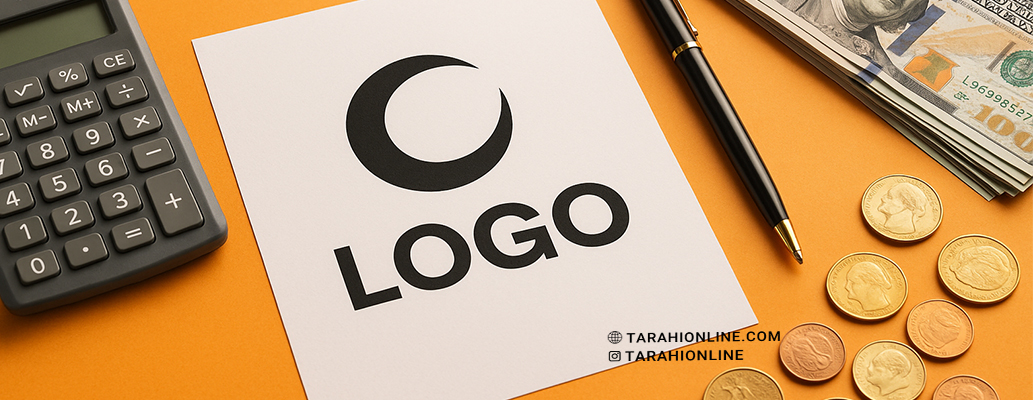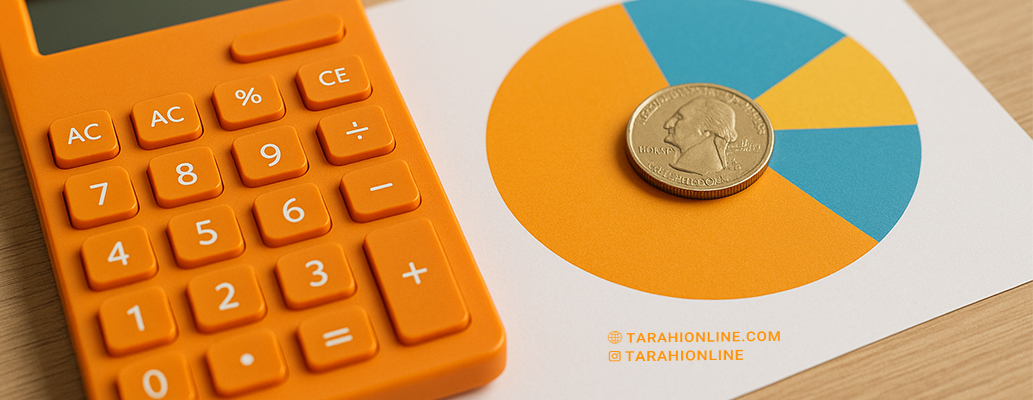
A logo is one of the most critical components of a brand’s visual identity, significantly impacting the success of your business. But a common question for business owners is: “How much should I spend on a logo?” The answer depends on various factors, from the type of business to the complexity of the design and the level of expertise required. In this comprehensive article, we explore the factors influencing logo design costs, how to set an appropriate budget, and the different ways to create a high-quality logo without specifying exact prices.
Why Does the Cost of Logo Design Matter?
A logo is more than just an image; it’s a symbol that introduces your brand to the audience, builds trust, and stays memorable in customers’ minds. The amount you spend on logo design is an investment in your brand’s future. A well-designed logo can:
-
Strengthen Brand Identity: A thoughtfully crafted logo helps you stand out among competitors.
-
Build Trust: A professional logo demonstrates your commitment to quality and professionalism.
-
Enable Marketing Flexibility: A logo should perform well across platforms, from business cards to websites.
However, logo design costs can vary widely, from free options to complex projects requiring collaboration with professional designers. To make an informed decision about your budget, you need to consider several factors.
Factors Affecting Logo Design Costs
The cost of designing a logo depends on multiple factors. Below, we outline the most significant ones:
-
Type and Scale of the Business
-
Small businesses or startups may have limited budgets and need simpler logos.
-
Larger or international brands may require more complex logos that resonate across diverse markets and cultures.
-
-
Design Complexity
-
Minimalist logos with simple shapes and clean fonts generally cost less.
-
More intricate logos, such as 3D or animated designs with detailed elements, require more time and skill, increasing the cost.
-
-
Designer’s Expertise Level
-
Beginner freelancers or new designers may offer more affordable options.
-
Experienced designers or professional agencies with strong portfolios provide higher quality and creativity but at a higher cost.
-
-
Redesign vs. Design from Scratch
-
Updating an existing logo or making minor tweaks typically costs less.
-
Designing a logo from scratch, especially if it involves market research or multiple concept drafts, is more time-intensive and costly.
-
-
Logo Applications
-
Logos designed for digital platforms (e.g., websites or apps) may require variations like animated versions, increasing costs.
-
Logos used in print media, packaging, or billboards may need high-resolution designs, which can affect the budget.
-
-
Project Timeline
-
Urgent projects requiring quick delivery often come with higher costs.
-
Allowing more time for the design process can open up more budget-friendly options.
-
-
Additional Services
-
Some projects include extras like a full visual identity package (business cards, letterheads, color palettes) or brand guidelines, which increase the overall cost.
-
Different Options for Logo Design
There are several paths to designing a logo, each requiring a different budget. Below, we explore the most common options:
1. Online Tools and Free Logo Makers
-
Best for: Startups or small businesses with limited budgets.
-
Advantages:
-
Quick and easy access.
-
Ability to create a logo in minutes using pre-made templates.
-
Ideal for simple, temporary logos.
-
-
Disadvantages:
-
Lack of exclusivity (others may use similar designs).
-
Limited creativity and customization.
-
Quality may not suffice for professional brands.
-
-
Examples: Tools like Canva, Hatchful, or LogoMakr.
2. Freelancers
-
Best for: Small to medium-sized businesses seeking a balance between quality and cost.
-
Advantages:
-
More affordable than agencies.
-
Direct collaboration with the designer for feedback.
-
Variety of design styles depending on the freelancer’s experience.
-
-
Disadvantages:
-
Quality depends on the freelancer’s skill level.
-
Coordination may take more time.
-
-
Tip: Platforms like Upwork or Fiverr offer a range of options.
3. Professional Design Agencies
-
Best for: Larger brands or businesses needing a unique, high-quality logo.
-
Advantages:
-
High-quality, fully customized designs.
-
Market research and multiple concept drafts.
-
Additional services like complete visual identity or brand guidelines.
-
-
Disadvantages:
-
Higher costs compared to other options.
-
The design process may take longer.
-
-
Tip: Ideal for brands aiming to stand out in competitive markets.
4. Design Contests
-
Best for: Businesses looking for diverse design ideas.
-
Advantages:
-
Access to multiple designs from different designers.
-
Ability to choose the best option from various submissions.
-
-
Disadvantages:
-
Quality of submissions can vary.
-
Coordinating with multiple designers can be challenging.
-
-
Examples: Platforms like 99designs facilitate this approach.
How to Set an Appropriate Budget for Logo Design?
To determine the right budget for your logo, follow these steps:
-
Define Your Brand Goals:
-
Is the logo for a small local business or an international brand?
-
Is it a temporary logo or part of a long-term brand identity?
-
-
Assess Your Needs:
-
Do you need just a logo or a full visual identity (e.g., business cards, color palette)?
-
Does the logo need optimization for specific platforms (e.g., digital or print)?
-
-
Research and Compare:
-
Explore different options (online tools, freelancers, agencies).
-
Review designers’ or agencies’ portfolios to ensure their style aligns with your needs.
-
-
Don’t Sacrifice Quality for Cost:
A good logo is a long-term investment. If your budget is tight, negotiate with designers or use high-quality online tools instead of choosing the cheapest option. -
Plan for the Future:
Choose a logo that won’t need frequent redesigns, reducing future costs.
Key Tips for Cost-Effective Logo Design
To get the best value for your budget, keep these tips in mind:
-
Prioritize Simplicity:
Simple logos are often less expensive and highly effective, like Nike’s iconic Swoosh. -
Conduct Market Research:
Analyze competitors’ logos to create a design that stands out but fits industry standards. -
Be Clear with Your Designer:
Specify your needs, budget, and expectations upfront to avoid unexpected costs. -
Ensure Logo Versatility:
Confirm the logo works well across different sizes and platforms (e.g., websites, print, social media). -
Consider Future Updates:
Design a logo that stays relevant for years to avoid frequent redesign costs.
Real-World Examples of Brands
-
Apple: The simple bitten apple logo was designed at a low cost initially but became one of the world’s most iconic symbols.
-
Nike: The Swoosh logo, created in 1971 on a tight budget, remains powerful due to its simplicity and versatility.
-
Pepsi: The brand has redesigned its logo multiple times to stay modern while preserving its core identity.
The cost of logo design depends on factors like your business type, design complexity, designer expertise, and specific needs. To set an appropriate budget, define your brand’s goals, assess your needs, and explore options like online tools, freelancers, or agencies. Most importantly, view your logo as a long-term investment that can strengthen your brand identity and contribute to your business’s success.
If you’re just starting, consider cost-effective tools. If your brand is growing, investing in a professional logo can set you apart from competitors. Ultimately, choose a logo that tells your brand’s story and leaves a lasting impression on your audience.
The Tarahi Online graphic and logo design team, with over ten years of experience in professional graphic and logo design, is ready to assist you and bring your ideas to life. Contact us to submit your request or place an order.

